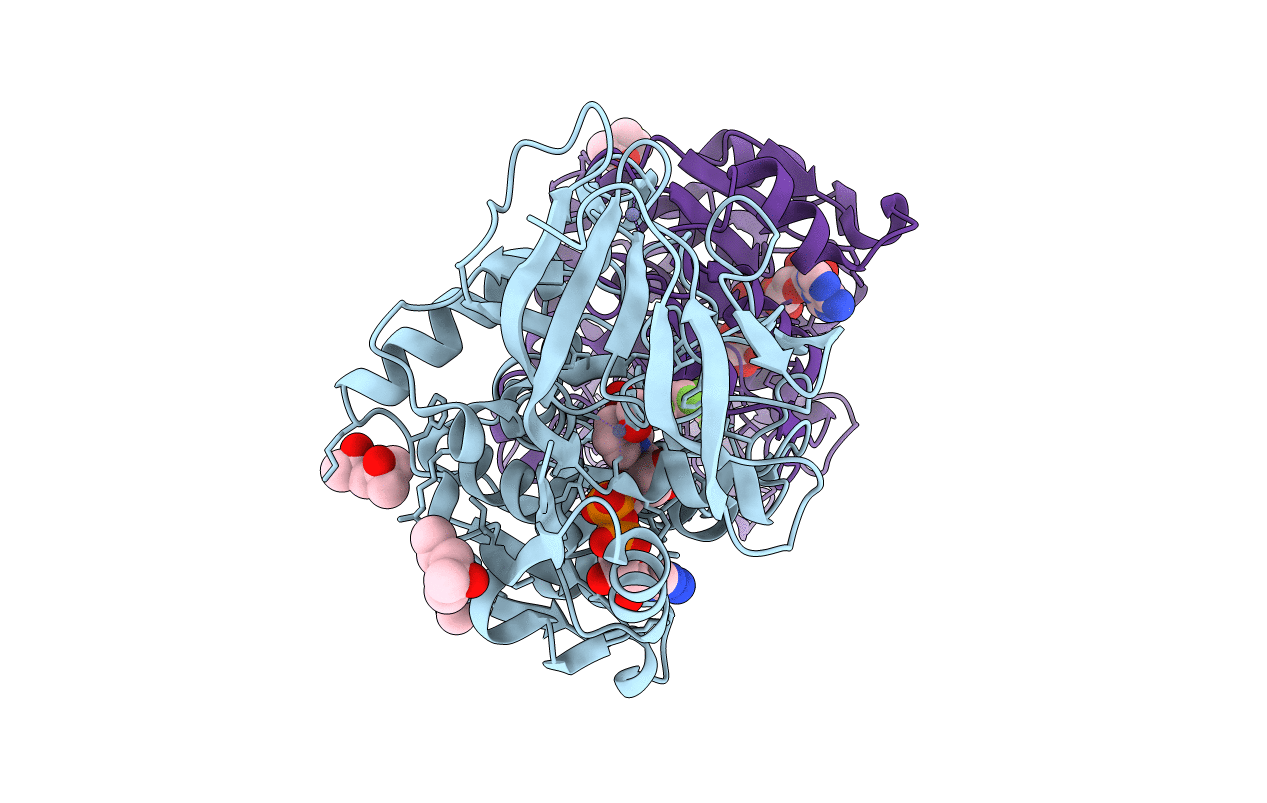
Deposition Date
2016-06-17
Release Date
2016-07-06
Last Version Date
2023-10-18
Entry Detail
PDB ID:
5KJ1
Keywords:
Title:
G173A horse liver alcohol dehydrogenase complexed with NAD+ and pentafluorobenzyl alcohol
Biological Source:
Source Organism:
Equus caballus (Taxon ID: 9796)
Host Organism:
Method Details:
Experimental Method:
Resolution:
1.20 Å
R-Value Free:
0.16
R-Value Work:
0.12
R-Value Observed:
0.12
Space Group:
P 1


